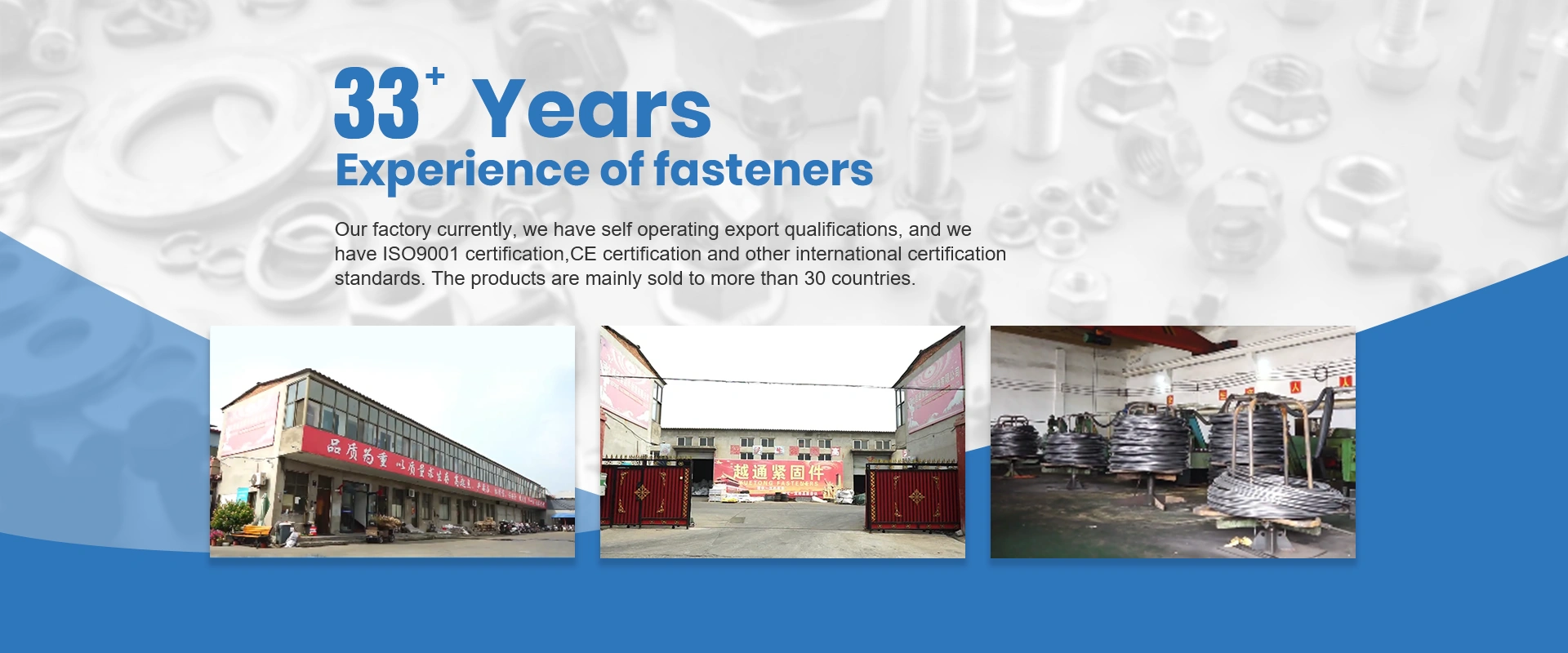sept. . 16, 2024 10:51 Back to list
ceiling screw anchor
Understanding Ceiling Screw Anchors A Comprehensive Guide
When it comes to hanging fixtures from ceilings, the strength and stability of the anchor used are crucial. One of the most reliable options is the ceiling screw anchor, which is designed to support various items safely. This article explores the purpose, types, installation process, and advantages of using ceiling screw anchors.
Purpose and Importance
Ceiling screw anchors are specifically engineered to hold heavy objects securely in place, making them ideal for hanging items such as light fixtures, fans, and decorative elements. Unlike traditional wall anchors, ceiling anchors must withstand not only the weight of the item but also any movement or vibration that may occur over time. Choosing the right anchor ensures safety and prevents damage to both the fixture and the ceiling.
Types of Ceiling Screw Anchors
There are several types of ceiling screw anchors available on the market, each catering to different needs. The most common types include
1. Toggle Bolts These anchors provide a strong holding capacity by using a spring-loaded mechanism that opens inside the ceiling material, distributing the load over a larger area. 2. Expansion Anchors These are designed to expand when a screw is threaded into them, creating a secure hold within the ceiling material. They are best for lighter items.
3. Masonry Anchors Specifically made for concrete or masonry ceilings, these anchors often use a sleeve that expands to grip the surrounding material.
4. Plastic Anchors Generally used for lightweight applications, these are easy to install and work best in drywall or plaster ceilings.
ceiling screw anchor

Installation Process
Installing a ceiling screw anchor can be simple if performed correctly. The following steps outline the general process
1. Select the Right Anchor Choose an anchor that matches the weight and type of the fixture you want to hang.
2. Drill a Hole Using a drill and appropriate bit size, make a hole in the ceiling at the desired location. Ensure the hole is deep enough to accommodate the anchor.
3. Insert the Anchor Push the anchor into the hole and, if necessary, tap it gently with a hammer until it is flush with the ceiling.
4. Attach the Fixture Align the fixture with the anchor and screw it in place, ensuring it is tight but not over-torqued.
Advantages of Using Ceiling Screw Anchors
Using ceiling screw anchors offers several benefits, including enhanced safety, ease of installation, and the ability to support substantial weight. Their versatility allows for a wide range of applications, making them ideal for both residential and commercial environments.
In conclusion, ceiling screw anchors are an essential component for anyone looking to safely and securely hang items from the ceiling. By understanding the types available and the installation process, you can ensure that your fixtures remain stable and aesthetically pleasing for years to come.


